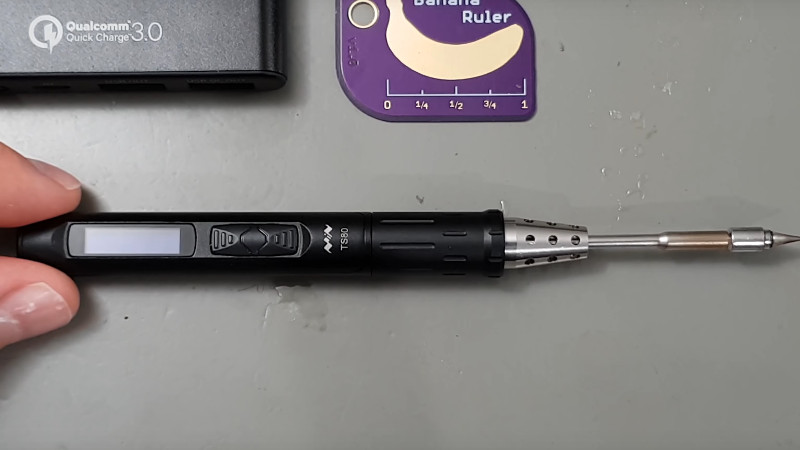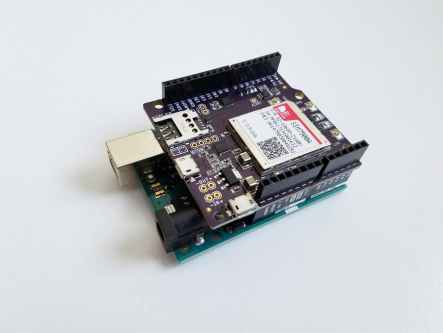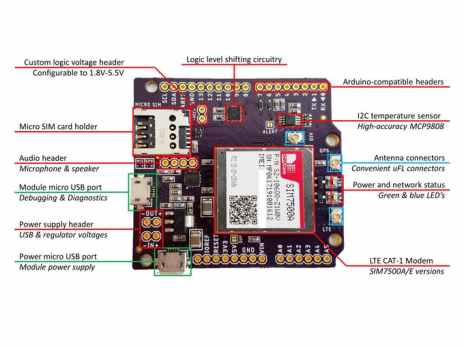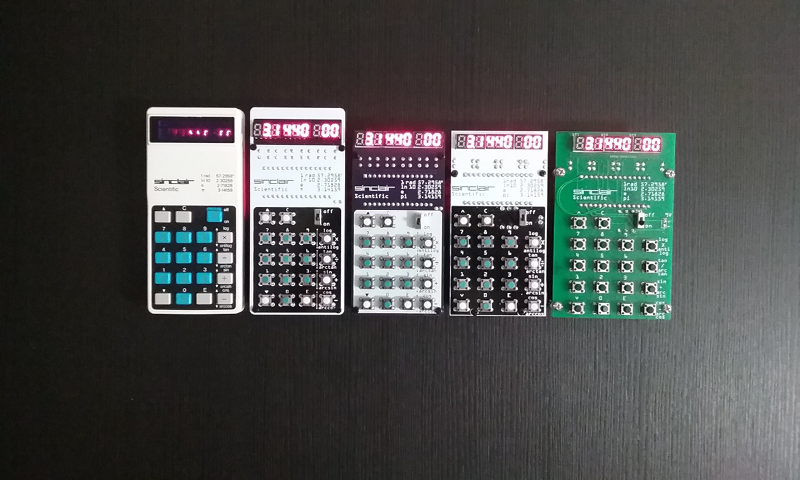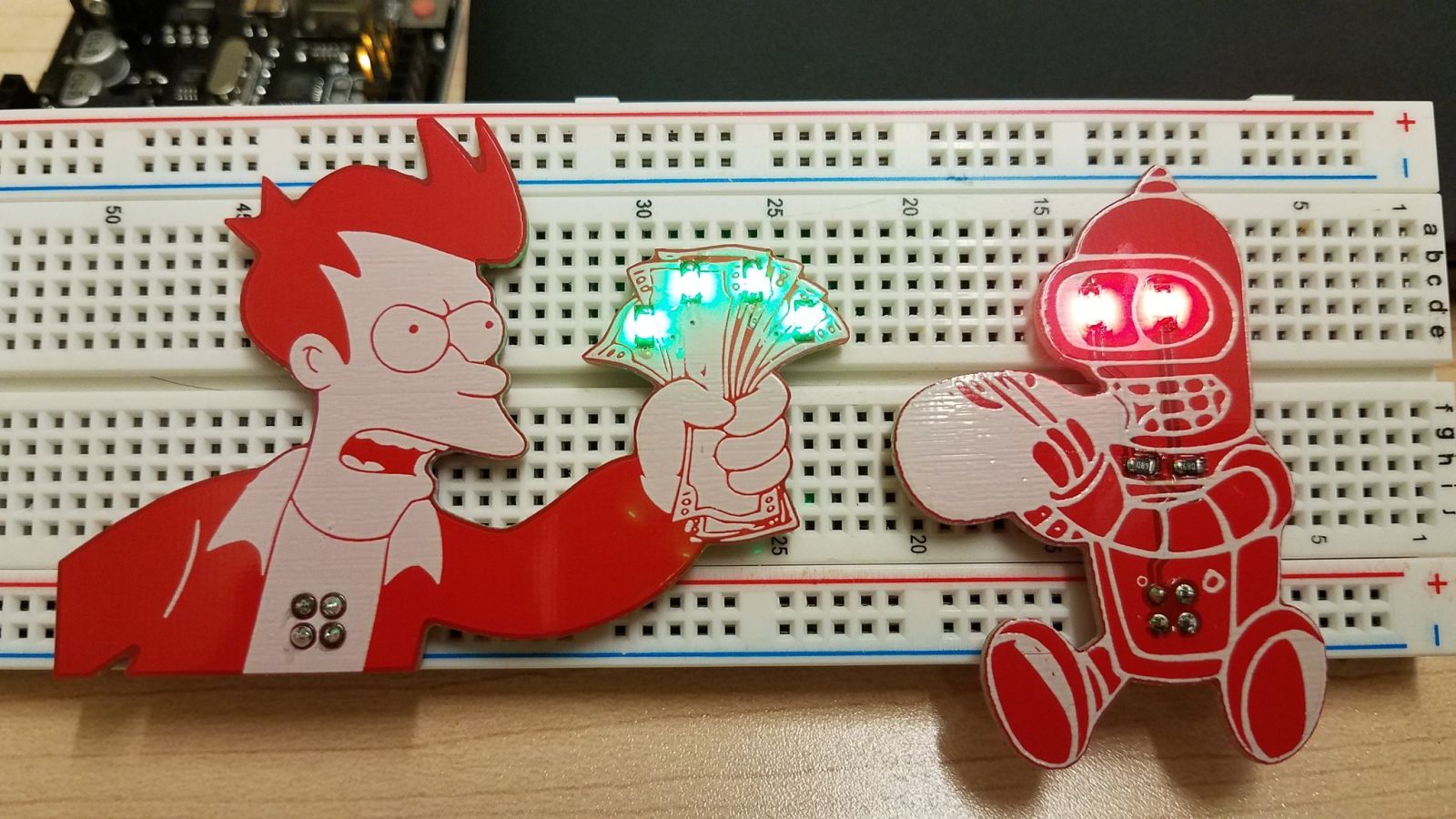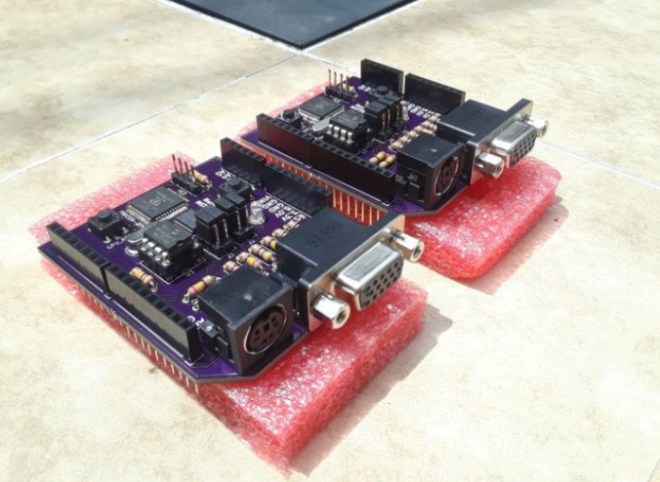From the SparkFun blog:
Mort and Mary Present: BLE Soil Moisture Sensor with the Ultra-Low Power Works
It took a year to take a mess of wires, hardware and WiFi dependency and turn it into a new solution to monitor plants and the environment anywhere without a WiFi password. This is BLE-IOP.
The necessary circuitry from the Blue Gecko module like the antenna, radio interface and power management were placed on the soil moisture sensor, along with the low-power sensors. We added an analog switch to turn off the sensors when not being read to extend the life of the battery. Of course we ordered protos from OSH Park; we hand-assembled the board using a stencil from OSH Stencils and used the desktop reflow oven T-962. We also used Nick Poole’s Buzzard tool to get that adorable bear on the board.




